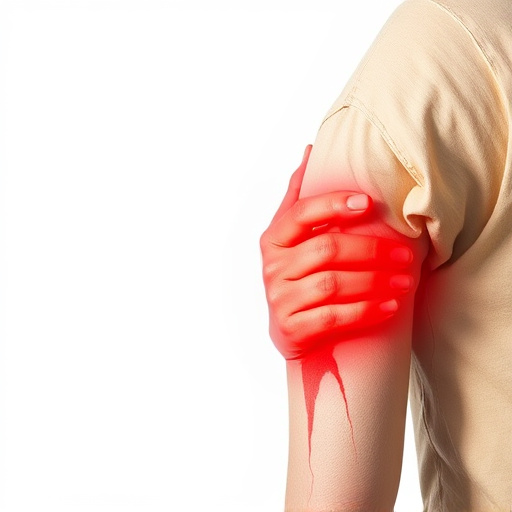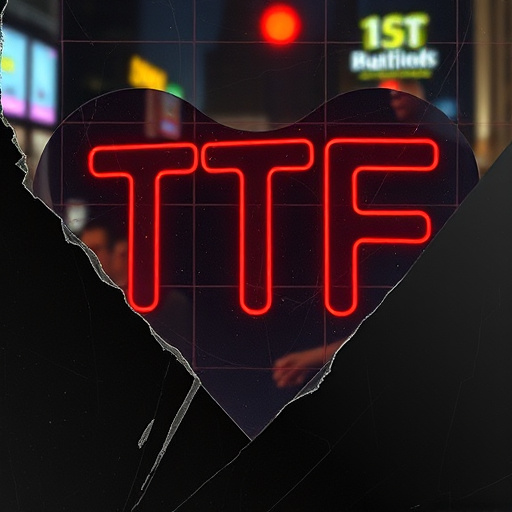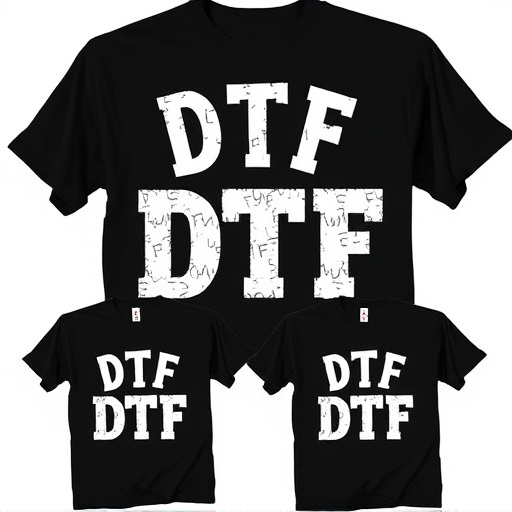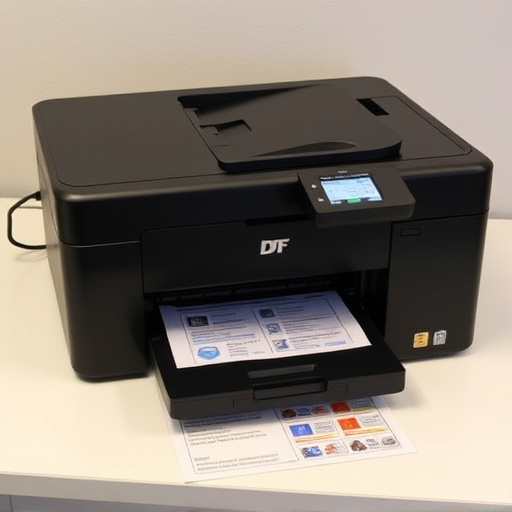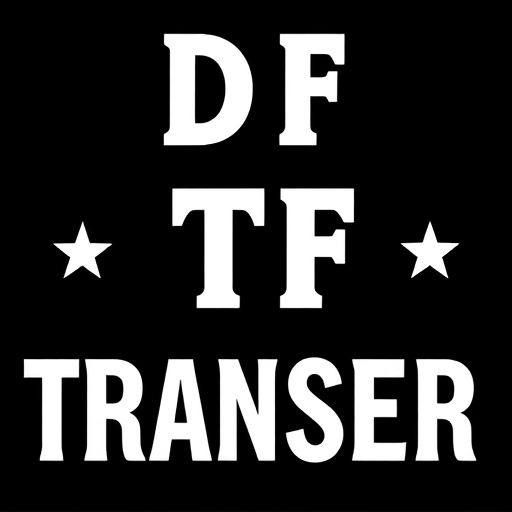Professional Direct to Fabric (DTF) transfers revolutionize print technology, especially for intricate artwork in apparel and home decor. They offer crisp lines, vibrant colors, and exceptional detail retention with minimal blurring or smudging. DTF's cost-effectiveness and versatility eliminate the need for expensive screen printing setups while providing long-lasting prints on various fabrics. Best practices include using high-resolution vector graphics, optimizing settings through pre-testing, and employing damage-free cold peel methods for easy application.
Designers are increasingly favoring Professional DTF Transfers for intricate artwork due to their unparalleled precision and quality. This cutting-edge print technology offers a revolutionary approach to creating detailed, vibrant designs on various surfaces. In this article, we’ll explore the benefits of Professional DTF Transfers, best practices for their use, and how they’re transforming the design landscape. From enhanced accuracy to versatile applications, discover why designers are making Professional DTF Transfers their go-to choice.
- Understanding DTF Transfers: A Revolution in Print Technology
- Benefits of Professional DTF for Intricate Artwork
- Best Practices and Tips for Using Professional DTF Transfers
Understanding DTF Transfers: A Revolution in Print Technology
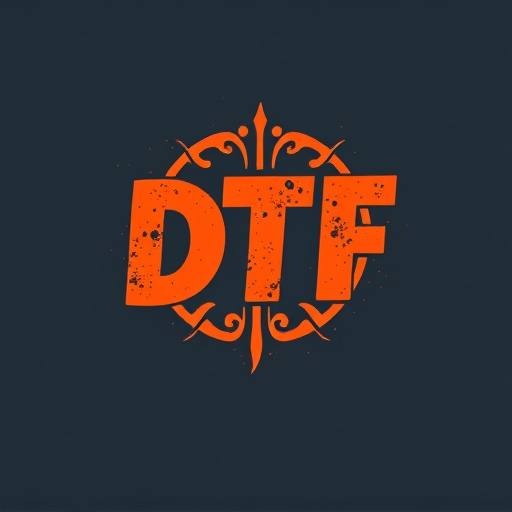
Professional DTF transfers have revolutionized print technology, offering a game-changer solution for intricate artwork. Unlike traditional printing methods that can struggle with fine details and complex designs, DTF (Direct to Fabric) for Apparel provides an innovative approach by directly applying ink onto various fabrics, ensuring crisp lines, vibrant colors, and exceptional detail retention. This cutting-edge process allows designers to bring their most elaborate visions to life, from fashion collections to stunning home decor pieces.
Understanding DTF’s core principle lies in its directness – the ink is transferred directly onto the fabric surface without any intermediate steps. This minimizes blurring or smudging often seen in other printing methods, making it ideal for creating intricate patterns and fine artwork that demand precision. Whether for DTF prints on t-shirts, accessories, or even decorative textiles, the results are consistently impressive, showcasing a level of detail and richness previously unattainable with traditional techniques.
Benefits of Professional DTF for Intricate Artwork
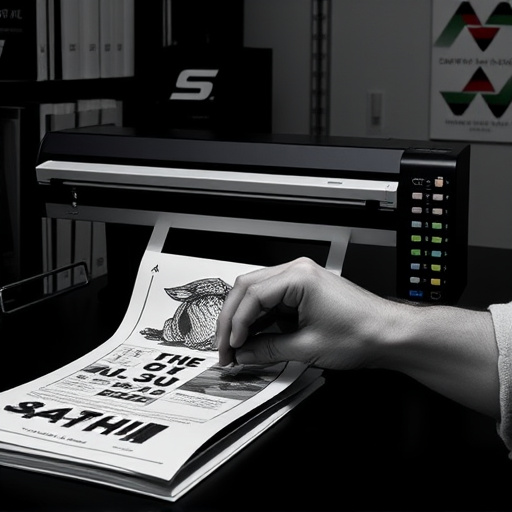
Professional DTF (Direct to Fabric) transfers offer a myriad of benefits when it comes to intricate artwork, making them the preferred choice for designers and businesses alike. One of the key advantages is the ability to achieve exceptional detail and precision, which is crucial for complex designs that often include fine lines, subtle gradients, and delicate patterns. This level of accuracy ensures that the original artwork’s vision is perfectly translated onto various fabrics, from t-shirts to promotional merchandise.
Moreover, DTF transfers provide a cost-effective solution for clothing brands and design studios looking to produce high-quality, customized products. The process streamlines production by eliminating the need for costly screen printing setups or complex machinery. With professional DTF, designers can easily adapt their creations for different fabric types and sizes, making it a versatile option for custom apparel and accessories. This technology also ensures long-lasting prints, resistant to fading and cracking, which adds value to the final product.
Best Practices and Tips for Using Professional DTF Transfers
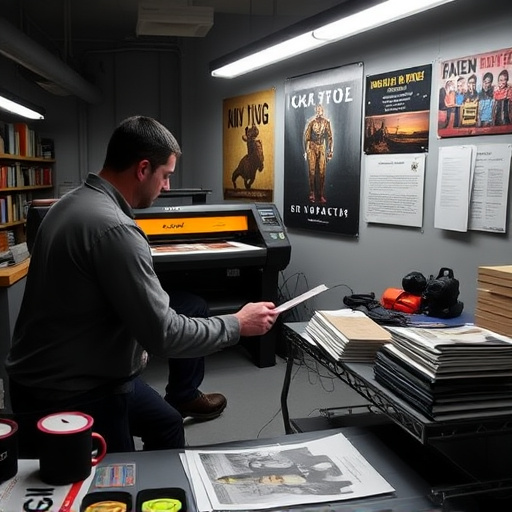
When utilizing Professional DTF Transfers for intricate artwork, designers can achieve remarkable results by following best practices. First, ensure your design is high-resolution and has sharp lines; this guarantees a crisp print when transferred to various materials. Pre-testing on scrap material is crucial to tweak settings and ensure the best outcome. For logos DFT for clothing brands, consider using vector graphics to maintain quality and detail.
Additionally, choosing the right best DTF printer is essential. Look for machines with precise registration and high-quality printing capabilities. The process involves applying a sticky film over the design, then carefully peeling it off to transfer it onto fabric or other surfaces. A popular method is cold peel DTF transfers, which offers easy application and removal without damaging the print.
Professional DTF transfers have emerged as a game-changer in print technology, offering exceptional benefits for intricate artwork. By understanding the process and best practices outlined in this article, designers can leverage the advantages of DTF to create stunning, detailed designs with ease. When choosing Professional DTF Transfers, precision, vibrant colors, and high-quality results are assured, making it a preferred method for artistic expression in today’s digital age.




